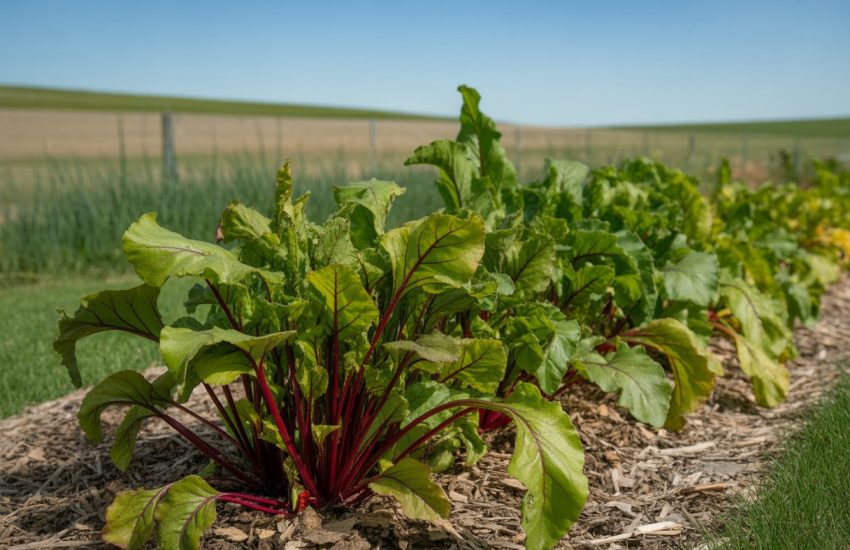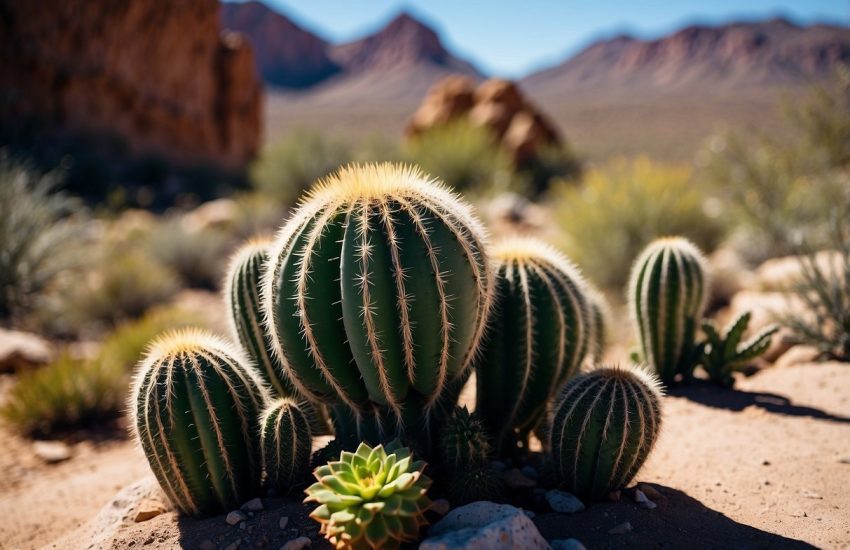Maple Trees in Washington State: A Guide to Identification and Care
Maple trees are an iconic part of Washington state’s landscape, adding vibrant colors to the region’s forests and parks. The state is home to several species of maple trees, including the native Acer macrophyllum, Acer circinatum, and Acer glabrum. These trees are known for their unique leaf shapes, which can range from broad and lobed to delicate and lacy.

Acer macrophyllum, also known as the bigleaf maple, is the largest of the three species and can grow up to 100 feet tall. It is commonly found in the western part of the state, where it thrives in the moist, mild climate. Acer circinatum, or the vine maple, is a smaller tree that is often used in landscaping due to its attractive shape and vibrant fall colors. Acer glabrum, also known as the Rocky Mountain maple, is found in the eastern part of the state and is adapted to drier, more arid conditions.
Despite their differences, all three species of maple trees play an important role in Washington state’s ecosystem. They provide food and habitat for a variety of wildlife, including birds, squirrels, and deer. They also help to filter pollutants from the air and water, making them an essential part of the state’s natural environment.
Types and Characteristics of Maple Trees in Washington State
Washington State is home to several species of maple trees, each with its unique characteristics. In this section, we will explore the three most common types of maple trees found in Washington State: Bigleaf Maple, Vine Maple, and Rocky Mountain Maple.
Bigleaf Maple (Acer Macrophyllum)
Bigleaf Maple, also known as Acer Macrophyllum, is a deciduous tree that can grow up to 100 feet in height and 50 feet in spread. It is known for its large, lobed leaves, which can reach up to 12 inches in diameter. The leaves turn yellow in the fall, providing a beautiful display of fall foliage. The bark of the Bigleaf Maple is grayish-brown and smooth when young, but it becomes rough and furrowed as the tree ages.
Bigleaf Maple produces small, greenish-yellow flowers in the spring, which are followed by winged samaras in the summer. The samaras are about 1-2 inches long and have a distinctive helicopter-like shape. This tree is often found in moist areas such as riverbanks, forests, and canyons.
Vine Maple (Acer Circinatum)
Vine Maple, also known as Acer Circinatum, is a small deciduous tree that grows up to 20 feet in height and spread. It is known for its slender, multi-stemmed growth habit and its delicate, lobed leaves that are about 3-6 inches long. The leaves turn a vibrant red, orange, and yellow in the fall, making it a popular ornamental tree.
The bark of Vine Maple is smooth and grayish-brown when young, but it becomes rough and scaly as the tree ages. This tree produces small, pinkish-white flowers in the spring, which are followed by red samaras in the summer. Vine Maple is often found in moist areas such as stream banks, forests, and wetlands.
Rocky Mountain Maple (Acer Glabrum)
Rocky Mountain Maple, also known as Acer Glabrum, is a small deciduous tree that grows up to 30 feet in height and spread. It is known for its smooth, grayish-brown bark and its small, three-lobed leaves that are about 2-4 inches long. The leaves turn a yellowish-green in the fall.
Rocky Mountain Maple produces small, greenish-yellow flowers in the spring, which are followed by samaras in the summer. The samaras are about 1 inch long and have a flat, papery wing. This tree is often found in dry areas such as rocky slopes, canyons, and forests.
In conclusion, Washington State is home to several species of maple trees, each with its unique characteristics. The Bigleaf Maple, Vine Maple, and Rocky Mountain Maple are just a few of the many trees that can be found in this region. Whether you’re looking for a large shade tree or a small ornamental tree, there is a maple tree in Washington State that will fit your needs.
Cultivation and Care for Maple Trees

Maple trees are a popular choice for homeowners and gardeners in Washington State due to their vibrant fall foliage and overall aesthetic appeal. Cultivating and caring for maple trees requires attention to soil and sunlight requirements, watering and moisture management, and common pests and diseases.
Soil and Sunlight Requirements
Maple trees grow best in well-drained soil that is rich in organic matter. They prefer soil with a slightly acidic to neutral pH level. When planting a maple tree, it is important to ensure that the soil is well-drained to prevent waterlogging, which can lead to root rot.
In terms of sunlight requirements, maple trees thrive in full sun to partial shade. They can also tolerate some shade, especially when young. However, they do require a minimum of four hours of direct sunlight per day to grow and develop properly.
Watering and Moisture Management
Maple trees require regular watering, especially during hot and dry periods. They are not drought-tolerant and can suffer from leaf scorch and other stress-related issues if they do not receive enough water. However, it is important not to overwater maple trees, as this can lead to root rot and other fungal diseases.
To ensure proper moisture management, it is recommended to water maple trees deeply and infrequently, rather than shallowly and frequently. This encourages deep root growth and helps the tree become more resilient to drought.
Common Pests and Diseases
Maple trees are susceptible to a variety of pests and diseases, including aphids, scale insects, and fungal diseases such as verticillium wilt and anthracnose. Gardeners should monitor their maple trees regularly for signs of pest or disease infestations.
To prevent pest and disease issues, it is important to maintain good tree health through proper watering and fertilization practices. Gardeners can also use insecticidal soaps or horticultural oils to control pest populations, and fungicides to prevent or treat fungal diseases.
Overall, cultivating and caring for maple trees in Washington State requires attention to soil and sunlight requirements, watering and moisture management, and common pests and diseases. With proper care and maintenance, maple trees can thrive and provide beauty and enjoyment for many years to come.


